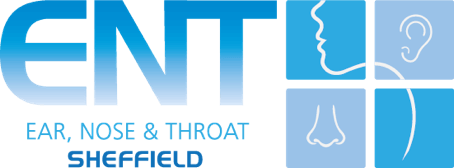A broken nose from a nasal injury is common in either social settings, sports, civil disturbance or situations of warfare. They are the most common facial fractures. A nasal deformity not uncommonly results and this can be put right by a manipulation of the fractured nose as soon as the accompanying facial swelling has settled (usually within seven to ten days of the injury occuring).
It is advisable to wait this long as by then all the facial swelling (masking the deformity) has settled down allowing the deformity to be properly assessed by your surgeon. After about fourteen days the fracture lines have begun to heal and manipulation of the bones at this stage is frequently difficult or impossible. Manipulation of fractured nasal bones can be done with a local anaesthetic or with a general anaesthetic.
X-rays to the nose after a nasal injury are not usually necessary. A decision about treatment can usually be made on clinical grounds with no investigations. Nasal injuries may also be accompanied by injuries to the cheek, head and eyes and it is important that all of these are adequately assessed to exclude long term problems/disabilities.
A nasal manipulation as described above has limitations and it is not unusual, that you might still not be satisfied of the appearance of your nose particularly if it has been badly broken or fractured. You may also notice that you can not greath as well well as you used to after a nose injury. In situations like this you can be assessed for a rhinoplasty (to improve the shape of your nose) or a septorhinoplasty (to improve the shape and breathing capacity) of your nose. These procedures are commonly referred to a “nose job”. Mr Olarinde will carry out a full assessment and recommend any of the above operations if a meaningful result can be achieved. Some people do not like the shape of their natural nose. They can also be assessed for a rhinoplasty or septorhinoplasty
There are various techniques for rhinoplasty surgery. Mr Olarinde as an ENT surgeon is trained in various techniques and uses the technique that is likely to produce the best result for each individual patient. There is not a one fits all technique that can be used for all deformities. This is carefully discussed with you at the consultation when a decision for surgery has been agreed.

